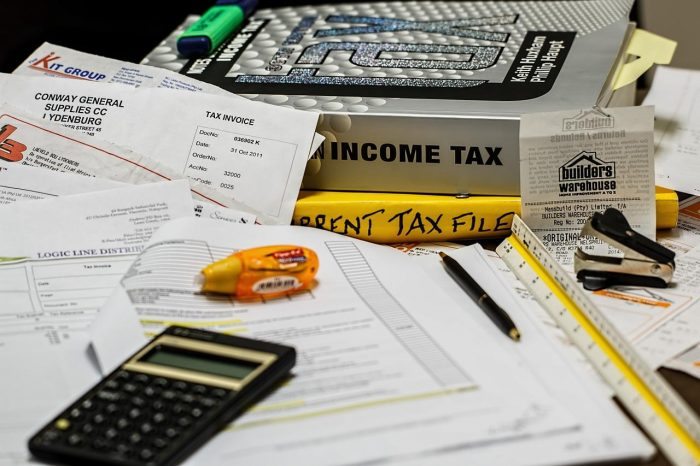If you’ve ever wasted an afternoon searching for an important file, you know that the state of your workspace has a huge impact on your work.
You don’t need to be a feng shui expert (or hire one), you just need to remember some basic principles and implement them regularly. Read on for the top 7 secrets to optimizing your workspace for maximum productivity and employee morale.
#1 Cut the clutter
Clutter is the Japanese knotweed of office space. It gets everywhere and will take over if you let it. If you get rid of your current workplace clutter and maintain a system to deal with everything new that comes in, you’ll be amazed at just how much more space you have to breathe, focus and work.
You and your staff should define a workflow system (like David Allen’s Getting Things Done) that enables you to go through all your paperwork – in a mammoth session at first, but then daily – and decide whether, why and where to keep something. If you’re not keeping it, you need an easy way to get rid of it immediately – no huge bags marked ‘TO BE SHREDDED’!
Take the same attitude to furniture, office equipment, stationery, plants…if it’s not adding value to your business, it’s gotta go.

#2 Have a purpose for every part of your space
In most businesses, ‘working’ means different things at different times. Sometimes it means a meeting; sometimes it means using a computer; sometimes it means making a phone call.
Are you forcing your business to fit the configuration of space you have? Do your employees hot-desk so they can take turns to avoid the drafty corner no-one wants to sit in? Do you hold meetings in the kitchen because it’s the only place you could fit the big table?
Instead, consider the daily needs of your business and then arrange your space into corresponding zones. Don’t forget to include an area to store files and supplies, and consider how close this needs to be to the main work area. Draw a diagram if it helps!
#3 Organize what’s left
Once you have defined a purpose for every part of your workplace and everything that is left in it, all you have to do is make sure everything is in the right place.
Consider not just where something needs to be used, but how frequently it is used. If the laminator comes in handy once or twice a year, it probably doesn’t need to be taking up valuable space next to the copier – get it onto a high shelf. (See #5 for more on the joy of shelves!)
What about the stuff that never gets used, but needs to stay anyway? There are plenty of low-cost storage solutions to keep your archived files safe and out of the way of your day-to-day business: but use these with caution. If you buy too much storage, you’re going to start looking for stuff to fill it. Be ruthless: only keep as much paperwork as you absolutely have to, and only buy as much storage as you need.
#4 Organize the furniture too
So now you know what kind of work happens in each room and area of your office space, and what stuff you need to keep there in order to make that work happen. Next, comes the fun part – moving furniture around! (If you can’t think of it as fun, at least think of it as cardio.)
As well as shifting desks, chairs, and computers, you also need to make sure no-one has to walk far when they have something to file or throw out – otherwise, their desk is swiftly going to disappear under a ‘to file’ pile and/or become a trashcan.
Think differently when it comes to your meeting space – why not hold stand-up meetings? They’ll save on space, plus many businesses find them more efficient.
#5 The ceiling’s the limit!
If floor space is limited, don’t forget about that blank real estate all around you: the walls. Files and equipment that you need less often can go on shelves higher up, and you can add baskets to the underside of shelves to get even more storage bang for your buck.
Install a row of coat-hooks, too: you’ll be amazed how much cleaner and less cluttered the office looks without a jacket draped over each chair.
#6 Think differently
Many smaller office space ‘hacks’ can have a big impact on productivity and morale:
- Lighting. A gloomy workspace is bad for your eyes, your mood, and your work. Maximize natural light if possible.
- Color. Brighten up your office with a feature wall or panel, rather than overwhelming the space with wall-to-wall color.
- Noise. If you don’t have the space to provide a designated ‘quiet working’ zone, then take a relaxed attitude to employees who want to use headphones to get stuff done.
#7 Get everyone on board
Now that you have a place for everything, it’s important to keep it there. To keep your office clutter-free and working smoothly, you need all of your employees keeping their desks clear, throwing out paperwork the second you no longer need it, and generally getting with the program.
This will only work if your employees feel connected to their workspace. Involve them in the conversations about work ‘zones’, and/or in picking color schemes, and/or in choosing furniture. If your workplace belongs to everybody, everybody will feel happier about working there.

Whether you’re ready to take on the hefty task of completely purging and rearranging your workspace, or whether you’d prefer to make minor adjustments, for now, you’ll be surprised how much of a difference it makes to you and your business. Get started right away to get more out of your space!

